Sixth extinction? A necessary condition for the development of a variety of species? The researchers of the School of Environment and Earth Sciences address the current biodiversity crisis and what can be grown from it
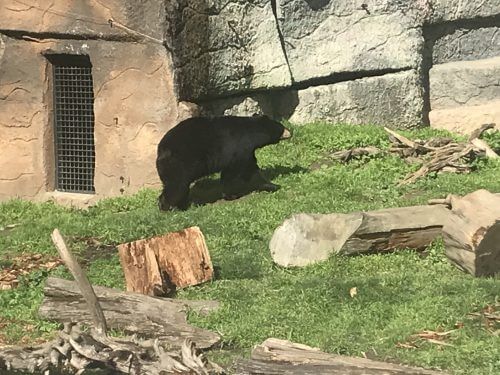
We have no subtle way of telling you this. Life as we know it is in danger. Not long ago, the UN published a particularly difficult report, in which he describes in 1,300 pages how our continued damage to the land, sea and air quality has led to extreme climate changes and the destruction of habitats, and how it is degenerating us to the edge of the slippery slope, which will roll the earth to the point of no return. Already now, the report warns, a million species of plants and animals are in danger of extinction, including the human race. We read the report (well, fine, we skimmed it, still 1,300 pages...), took a deep breath and ran to the School of Environmental Studies and Earth Sciences to have them explain the situation.
Who did you call an intruder?
The harmful effects of the destruction of natural environments, the pollution of the environment by waste and climate change as a result of carbon emissions into the atmosphere, have already had a bad name for many years. But it turns out that a lesser-known but deadly factor threatens today's biodiversity in the world of flora and fauna. It's called an invasive species. The Tel Avivians among you probably immediately think of the birds of the Indian myna and the green sparrow, which have become more common in our area than the local birds. A similar phenomenon also occurs in the plant world, with devastating and almost irreversible effects.
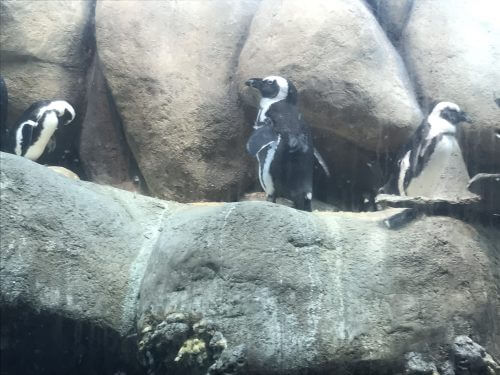
"Since we started moving between continents, we carried with us, intentionally or unintentionally, seeds, spores and often seedlings of plants, which were endemic (a species that exists in a very limited distribution area and grows only there), but were well absorbed in their new place. The origin of all the plants that are considered local today is in distant continents, such as the saber or the evening primrose that came from South America, and there are many others," explains Prof. Shmulik Marko, head of the Porter School of Environment and Earth Sciences.
Dr. Michal Gruntman, a researcher of plant ecology and evolution in the Department of Environmental Studies, focuses her research on the vegetation that grows on the beach. "Approximately 40% of the endemic plant species in Israel grow in the sands of the coastal plain. Many of them are rare or endangered and with them the animals that exist around them. I want to find out what is the effect of the invasive plants on the plant societies and what are the characteristics that characterize them, in order to understand how they can be dealt with in the future."
There are plants that were brought in specifically to drain swamps or to prevent the drift of shifting sands. But what happens when the harm is greater than the benefit? "The sand dunes, for example, were brought to Israel from the USA to help fight sand migration, but in practice it changes the habitat and the composition of the natural vegetation, and thus also the animal populations, such as insects and other arthropods, that lived in symbiosis with those plants," explains D R. Gruntman.
To the question why it is not possible to simply uproot the plants that are taking over, Prof. Marko and Dr. Gruntman answer together, that beyond the fact that it is not possible to fight the natural reproduction of the plants, the environmental change of some of them is irreversible. Displacing them will upset the balance, and new invasive species will immediately enter the space they leave behind. But while Dr. Gruntman sees this as a problem - Prof. Marko has another angle to look at things.
Every native species was once invasive. A game of forces between our national bird, the hawk, and the Indian myna, one of the main invaders. Who will win?
There is no such thing as a static state
According to Prof. Marko, all is not lost. He explains that in nature, as in nature, every end is also a beginning. "You have to remember that every plant and animal actually started as an invader. Since the sea level dropped and the land was exposed, different species of flora and fauna began to develop, which have been moving and changing continuously throughout evolution for about 600 million years. The way I see it, there is no possibility of stopping the invasion, because a dynamic of transitions is constantly happening."
For Prof. Marko, a static situation is a situation that should not necessarily be aspired to, because it can actually reduce biological diversity. "The diversity of species is not fixed in its essence even if we do not touch it. Precisely when there is a static situation in the environmental conditions, the number of individuals of each species can be very large, but the variety is small. For example, an observation of coral reefs in Sharm el-Sheikh can show large amounts of beautiful colonies, but a small number of species, while a few kilometers away, inside Israel, where the marine environment is often damaged by man - new species appear all the time in place of those that do not survive in her".
What is it already 2-3 million years between friends
The damage caused by modern man to the environment is extremely worrying. We pollute the air, fresh water and ocean water, destroy natural habitats and exterminate many animals. But in geological time, long before the industrial age and the changes we caused to the environment, significant extinction events also occurred. Everything comes into proportion, explains Prof. Marko, when adopting a geologist's point of view. In geological processes, millions of years are considered the blink of an eye.
"We have no possibility to stop processes that happen over periods of time that are much greater than us. The changes happen at a different pace, and the big systems will not change in our lifetime or in the time of our children and grandchildren, but there is no doubt that they will. I can say that there are not many species that have lasted more than 2-3 million years. In fact, so many species have lived and gone extinct, and we only know about 10% of them. Everyone knows about the extinction of the dinosaurs, but who knows how many species of animals went extinct with them in the same event?"
Man is the destructive species
There is no doubt that the Holocene extinction, which we are currently experiencing (the mass extinction of many families of plants and animals, including mammals, birds, amphibians, reptiles and arthropods), is occurring with a much stronger force and in an accelerated manner, mainly because of human influence. But it turns out that already in the days when we were hunters and gatherers we did quite a bit of damage.
"The impact of the primitive and limited population on the environment and the animal world was severe relative to the number of people who lived then," explains Prof. Marko. "The hunters in the Neolithic period in the Middle East region developed a method for capturing and killing wild animals en masse, a 'desert kite' called it. That triangular-shaped facility, built of two stone walls whose length can range from hundreds of meters to dozens of kilometers, led like a funnel entire wild herds of deer and other animals to the hunters, who slaughtered the entire herd."
Prof. Marko also explains the connection between the significant increase in the amount of silt at the bottom of the Dead Sea and the arrival of the settlement and agriculture era. With the help of drilling to a depth of 460 meters below the bottom of the Dead Sea, his team, which combined geologists and archaeologists, managed to find evidence of environmental changes, as a result of the beginning of the agricultural revolution 11,500 years ago.
"We removed a transparent tube loaded with materials that had accumulated over the years on the bottom of the lake, and compared the geological findings to archaeological findings from the Dead Sea basin. From them we learned that at this time man began to settle in large villages, while moving from hunting and gathering to an economy based on agriculture, this is the Neolithic revolution, also known as the agricultural revolution. Natural areas were turned into agricultural fields, many trees were cut down and used as raw material for building, and entire forests were burned and turned into grasslands and pastures for captive animals. "All these changes made the surface more vulnerable to drifting and influenced the formation of the Dead Sea, as we know it today."
Shall we pass this too?
Prof. Marko is not afraid of the geological future, but certainly is for the near future. "In geological time periods, new species will take the place of the extinct ones. So it was and so it will be. There is no doubt that the control of what happens is not entirely in our hands, but the people living today must take care of periods of time that are relevant to our lives and the lives of future generations." Dr. Gruntman explains that "from the perspective of the human race, we depend on the services provided by the existing ecosystems, such as air and water purification, pollination of crops, medicines, etc. Therefore, if the serious damage to the variety of species that we are experiencing today due to human influences continues, it will have a significant impact on our lives."
"That's why we must learn to live with the natural changes and not fight them, use them to study and understand the processes, enjoy their beauty and behave with the mighty forces that drive them with curiosity, reverence and modesty and not aggressively. This is how we will secure our future and the future of the coming generations," Prof. Marko concludes.
- More of the topic in Hayadan:
- The United Nations: a million species in danger of extinction - fear of the collapse of ecosystems that will harm the human race
- The opening signal for the mass extinction - every year two sand dunes become extinct
- Questions for the future of humanity: Can the human race avoid extinction?
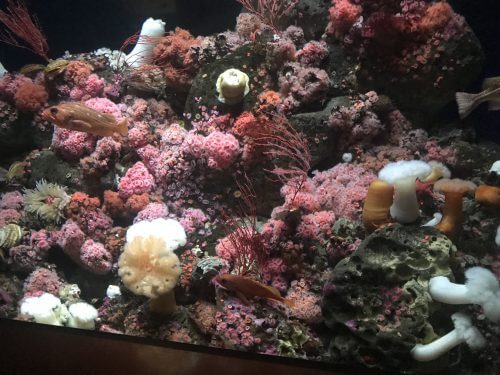
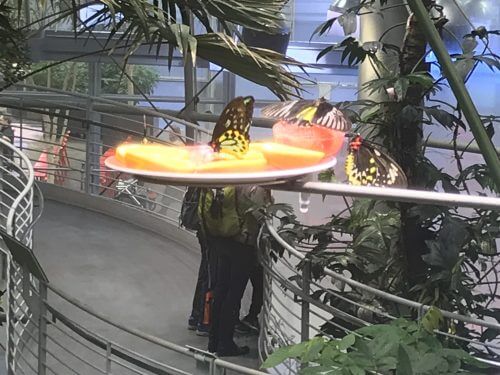
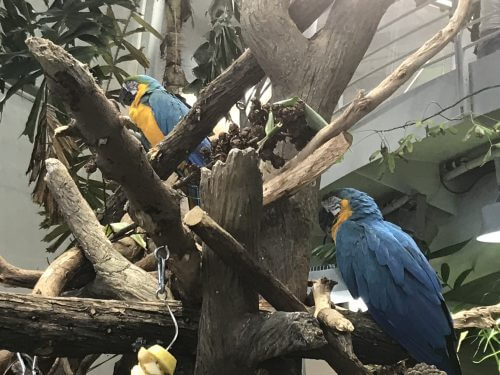

2 תגובות
The rate of species extinction has increased and is now on the order of large extinctions such as the one that wiped out over 90% of plant and animal species - including the dinosaurs 65 million years ago. This time in the role of the asteroid - humanity. And it's not just a matter of academic research. Open the window.
The problem with science is that it suffers from a narrow ant view that what is not illuminated under the microscope flashlight - does not exist. It's time for scientists to get out of the labs and see the real world. It wouldn't hurt to get some air.
Extinct species? Right. What is your news? Species have been extinct since the dawn of the universe long before man and will continue to be extinct long after him. Processes of extinction are part of life and evolution. OK, man will exterminate species, thousands will come in their place and be born to defeat man.
Western science denies the existence of a deity but sins in itself and turns itself into an all-powerful god. You don't need to help nature and you don't need to hinder it. Nature is stronger than any bespectacled scientist who writes long exile articles in academic formats.